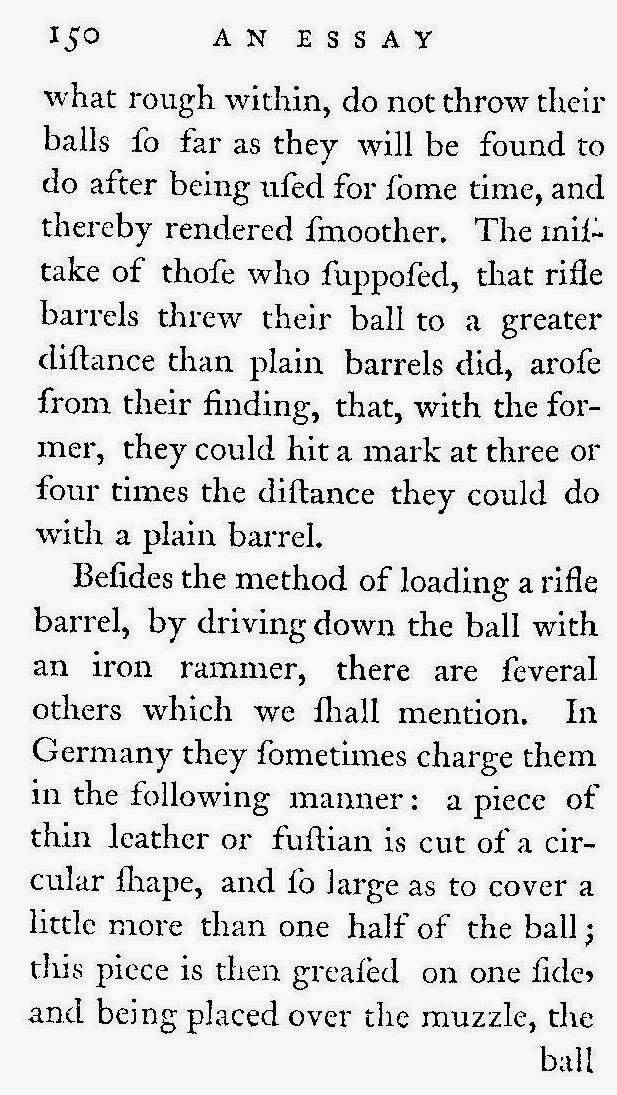What is Authentic, and
what is not?
Way back when I first
got into 18th century living history, there was a belief among many
that if an object was made out of authentic natural materials, then it must be
right. This was called being “primitive”. But later on I learnt that this was
not how it should be done, a lot of research has to be done to make sure that
(a) a particular item did in fact exist, (b) what materials that item was
commonly made from, and (c) the item would have been available to your persona
in your particular chosen period.
We, those of us who are serious living historians, do not wish to invent something new because it makes life easier; we are only concerned with what actually was. It is simply not good enough to say “well the material was available, and someone may have thought to do this”, yes they may have, but did they? Where is your proof? Where is your documentation?
We, those of us who are serious living historians, do not wish to invent something new because it makes life easier; we are only concerned with what actually was. It is simply not good enough to say “well the material was available, and someone may have thought to do this”, yes they may have, but did they? Where is your proof? Where is your documentation?
I have seen items like
tricky cap holders made from horn and wood, I have seen holes drilled in the
base of knife handles to be used as a powder measure, knives that are also fire
steels, and shelters that there is to my knowledge no record of ever existing.
Take the diamond shelter for instance, just like the 20th century “Baker
Tent” the Diamond shelter seems to have become accepted at Rendezvous because
it is made from canvas.
But no where is period
writings have I read that this type of shelter was ever used, the most common
shelter used seems to have been the lean-to, whether made using a blanket or an
oilcloth. So if you want to use a diamond shelter or a Baker Tent, fine, but
don’t kid yourself that you are camping in 18th century style.
"The hunting and target rifles by their various
makers, intended for the use their title denotes, had the octagon barrel turned
cylindrically at the muzzle for about one inch to fit the guide bullet starter
which was used in loading the rifle when used for target work... weighed from
about 9 to 14 pounds, and had a longer accuracy range than the hunting rifles
as well as being more accurate. These were also provided with a 'straight
starter,' much lighter than the other, for use when hunting with these rifles
and had various combinations of sights"
Ned Roberts, THE
MUZZLE-LOADING CAPLOCK RIFLE, 1944
"Some earlier percussion rifles are 'turned for a
starter' i.e., have their octagon barrels turned cylindrical for an inch or a
little less at the muzzle in order to accept a plunger-like arrangement for
driving the bullet the first few inches into the barrel."
Holman J. Swinney, NEW
YORK STATE GUNMAKERS, 1952
New 19th Century Plungers.
Non authentic turn screw/nipple wrench combination tool with horn handle.
The short Starter, did it exist?
An Essay On Shooting 1789.
No mention above regarding a short starter, and it is quite precise in all other regards.







1 comment:
Excellent points. I certainly hope this makes the rounds, especially your point "c". To take it further, is it in the proper context. We would not expect a longhunter to have a silver tea set. With the plethora of information available electronically (both images of extant artifacts and period prints) there really is no excuse. Thank you for posting. The primary sources bring home the point.
Post a Comment